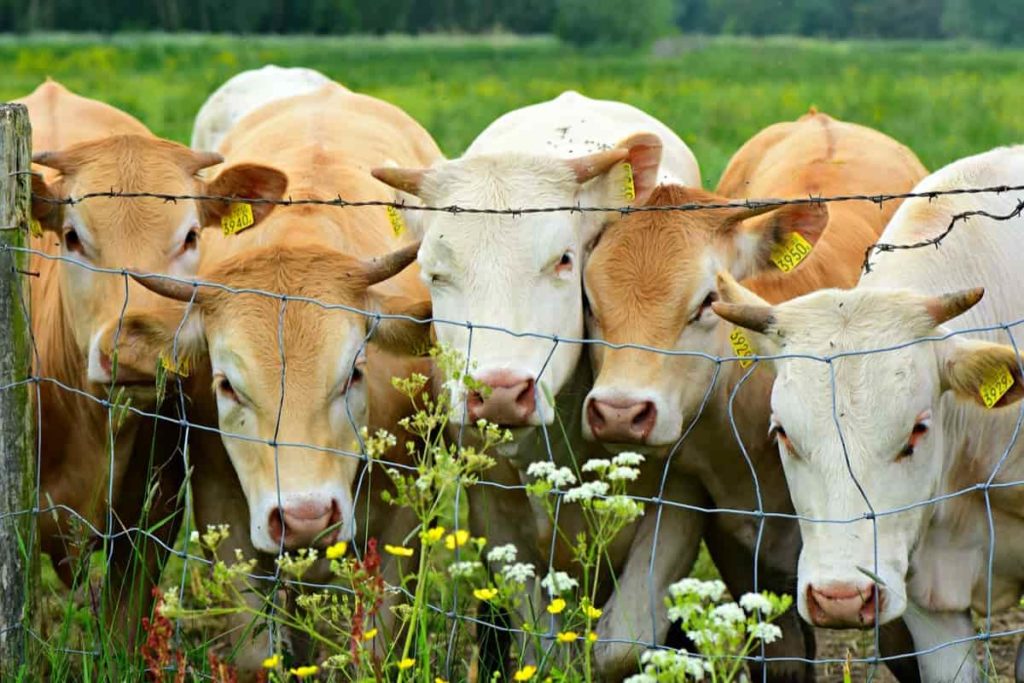
As stewards of the land and caretakers of the animals that call it home, farmers have a profound responsibility. With this responsibility comes the critical duty to protect the lives and wellbeing of the livestock they shepherd. However, achieving that safety in today’s modern farming landscape presents its unique challenges, from predator attacks to thefts.
This blog post will delve into practical tips and advice to help you safeguard your livestock, providing the necessary tools for effective management and optimal animal welfare.
- Fortify Your Fences
Strong, reliable fencing serves as the first line of defence against both predators and thieves. By investing in robust, well-maintained fencing, you’re creating a physical barrier that keeps your livestock in and unwanted guests out.
When it comes to fencing, quality is key. Opt for materials that can withstand the elements and the pressure exerted by the animals. Post and rail fencing, for instance, is sturdy and can resist the impact from large livestock like cows and horses. Meanwhile, electric fencing can deter predators and prevent smaller animals from escaping through gaps. Remember to inspect your fences regularly for any damage or wear and promptly repair any weak spots.
- Implement Vigilant Surveillance
A watchful eye is another vital aspect of livestock protection. Introduce surveillance systems, such as CCTV cameras and motion detectors around your barns and paddocks, to monitor activities. Security lighting can also be effective in deterring potential thieves and spotting predators before they become a threat.
In addition to technological tools, the human element of surveillance should not be understated. Regular patrols, preferably at unpredictable times, can be an effective deterrent against theft. Moreover, involving your local community by encouraging them to report any suspicious activities can also contribute to your overall surveillance effort.
- Understand & Outsmart Predators
Comprehending the behaviour and habits of local predators can significantly aid in designing your farm’s defence strategy. Different predators pose different threats and, therefore, require unique tactics for deterrence.
For example, foxes are skilled diggers, so you might need to bury your fencing deep into the ground or consider an electric fence. On the other hand, birds of prey can swoop in from above, making protective netting a wise investment.
Implementing guardian animals is another proven method to fend off predators. Animals like donkeys, llamas, and certain dog breeds are known to be effective livestock protectors. To learn more about which breed could be a good fit for your farm, you can protect your livestock with one of these recommended guardian dog breeds.
- Have a Theft Prevention Plan
Despite all efforts, the unfortunate reality is that livestock theft still occurs. To mitigate this risk, marking your animals distinctively can make them less attractive to thieves, as they’re harder to sell. Microchipping or ear tagging are common practices.
In the unfortunate event of a theft, having an action plan in place can make all the difference. This should include notifying local law enforcement and the rural community, providing them with detailed descriptions of the stolen animals and any suspicious activities observed.
Keeping livestock safe is a task that requires diligence, understanding, and strategic planning
By implementing these tips, you’ll be well on your way to creating a secure environment for your animals to thrive. And remember, animal safety isn’t a one-time action but an ongoing commitment. So, stay vigilant, continually educate yourself about potential threats, and adjust your strategies as necessary.




